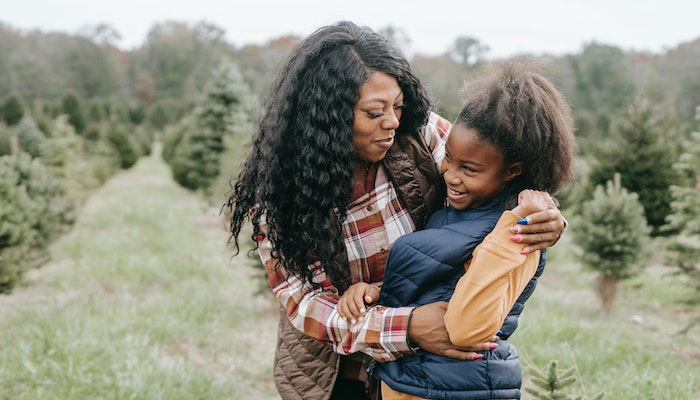
Most women grab a razor or head to the salon when they want to remove hair from their bodies. If you want to prevent stubble and enjoy the results of your endeavor for weeks, though, waxing is the best option. However, doing a home wax can be a daunting task for anyone, especially newbies.
Whether you’re waxing your armpits, brows, bikini line, or legs, all waxing endeavors require safety precautions to prevent injury and infection. If you’re ready to start waxing, these tips will help you safely elevate your at-home wax game with aplomb:
Before you wax, prep your skin.
Before waxing, take a pain reliever like Advil to reduce the pain of the treatment. You should also keep your skin hydrated and exfoliated. Plump, exfoliated skin eases hair removal, not to mention that dry skin can cause hair to break at the skin level. You can also remove debris, dirt, and oil before waxing with a microfiber towel. If you’re really nervous about the pain, applying a numbing cream can take the edge off.
Choose the right type of wax for the job.
Choosing the type of wax that’ll best remove the hair you’re targeting is important. Hard wax is best for removing stubborn,coarse hair like the hair at your bikini line. Hot wax, on the other hand, is more forgiving and easier to spread, so it works well on larger parts of your body like your legs.
Apply the solution like a pro.
Remember to thickly apply the wax in the direction of the hair growth and work in small patches. Hold the skin taut to ensure that every hair pulls out. Instead of pulling the wax straight off your skin, pull at an angle against the hair growth. This ensures that you remove the hair from the root instead of the surface. What’s more, this method reduces the risk of ingrown hairs and irritation. Consider wearing gloves to prevent bacterial spread and infection.
Know when not to wax.
Avoid waxing during the five days leading up to your period, as that’s when you’ll be the most sensitive. Even if it isn’t that time of the month, you should still be cautious. Avoid waxing if the area includes open lesions like bug bites, burns, moles, and beauty marks. If you have skin conditions like rosacea or if your pre-waxing skin feels rough, avoid waxing.
Remember that proper aftercare is important.
Although you’ll want to soak up the sun’s rays with your newly waxed body, you should avoid sunbathing or other activities that raise your body temperature for the rest of the day to reduce inflammation. The heat caused by these activities can also cause ingrown hairs.
After waxing, cool down with a cold compress for a few minutes. Also, many waxing kits include wipes to remove bacteria and leftover wax stuck to your skin — use them. Olive oil or tweezers can help you pick off rogue hairs, and aftershave creams can keep bumps at bay.
Finally, don’t wait too long in between waxes as less wait time can make for a smoother, less painful waxing experience over time.
Body hair is a fact of life for many of us, and the choice to wear it or shave it is always entirely yours. By following these tips, though, at-home waxing can be a generally safe experience.
Featured Photo by Max Libertine on Unsplash.


















